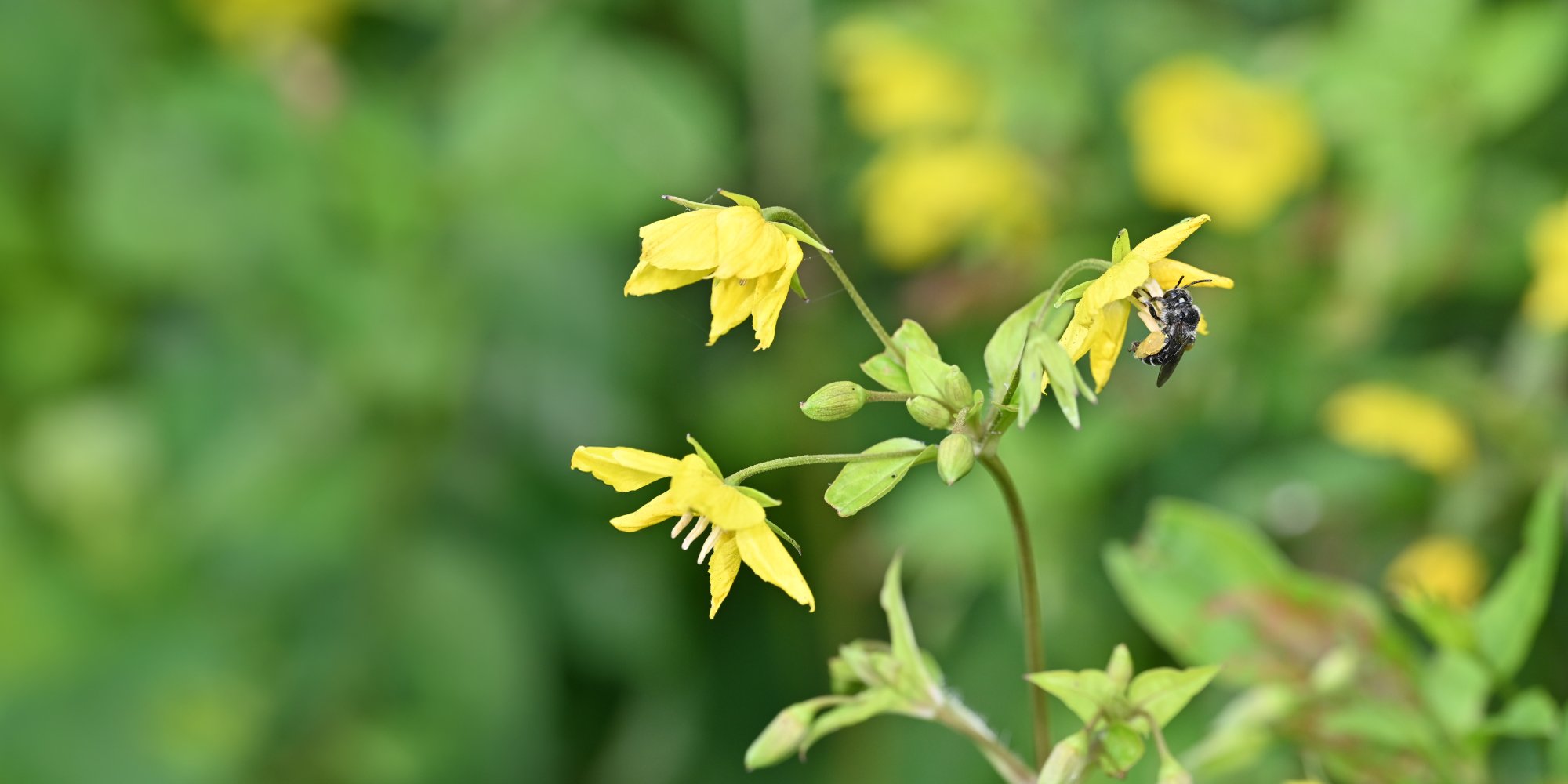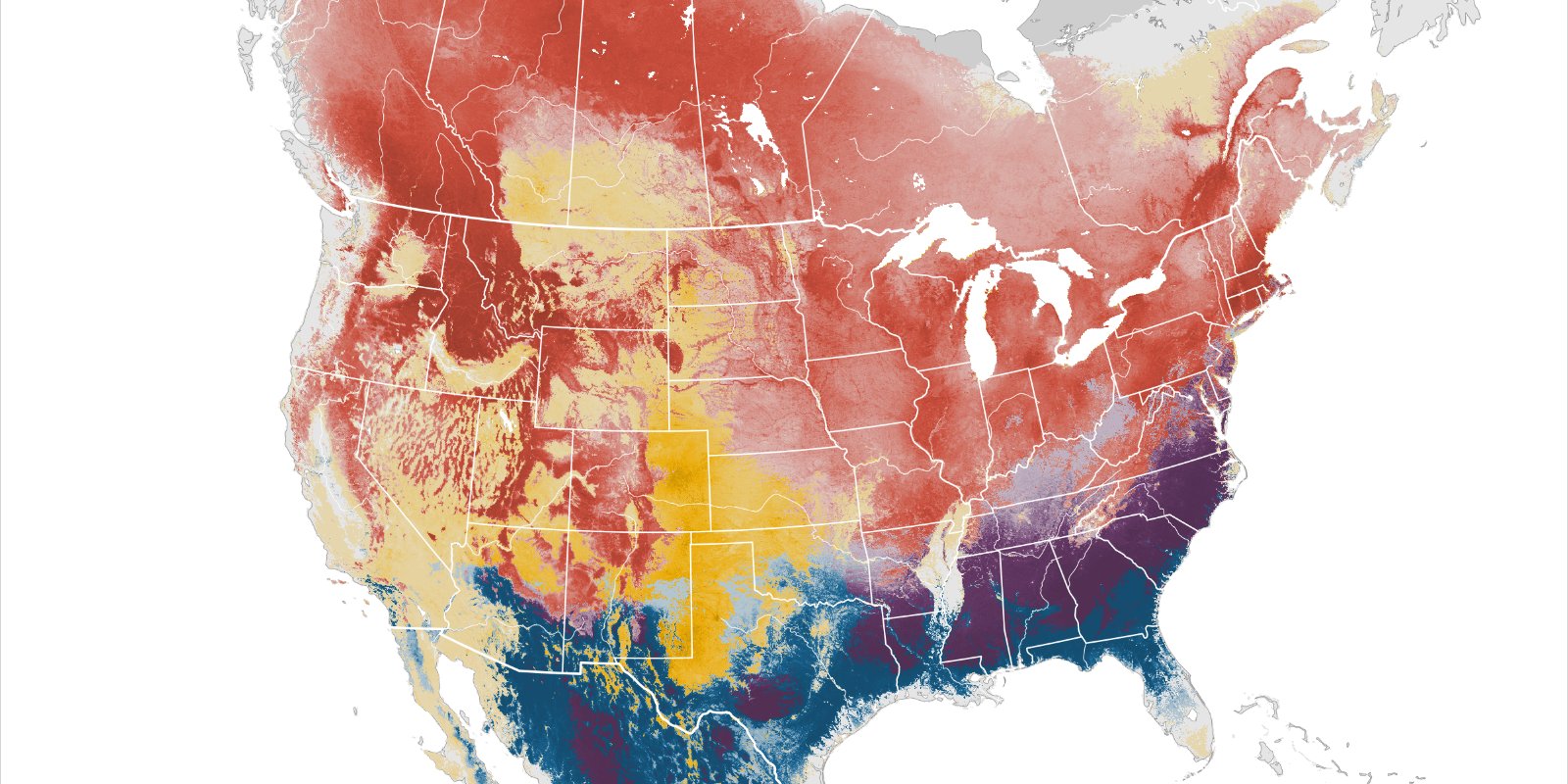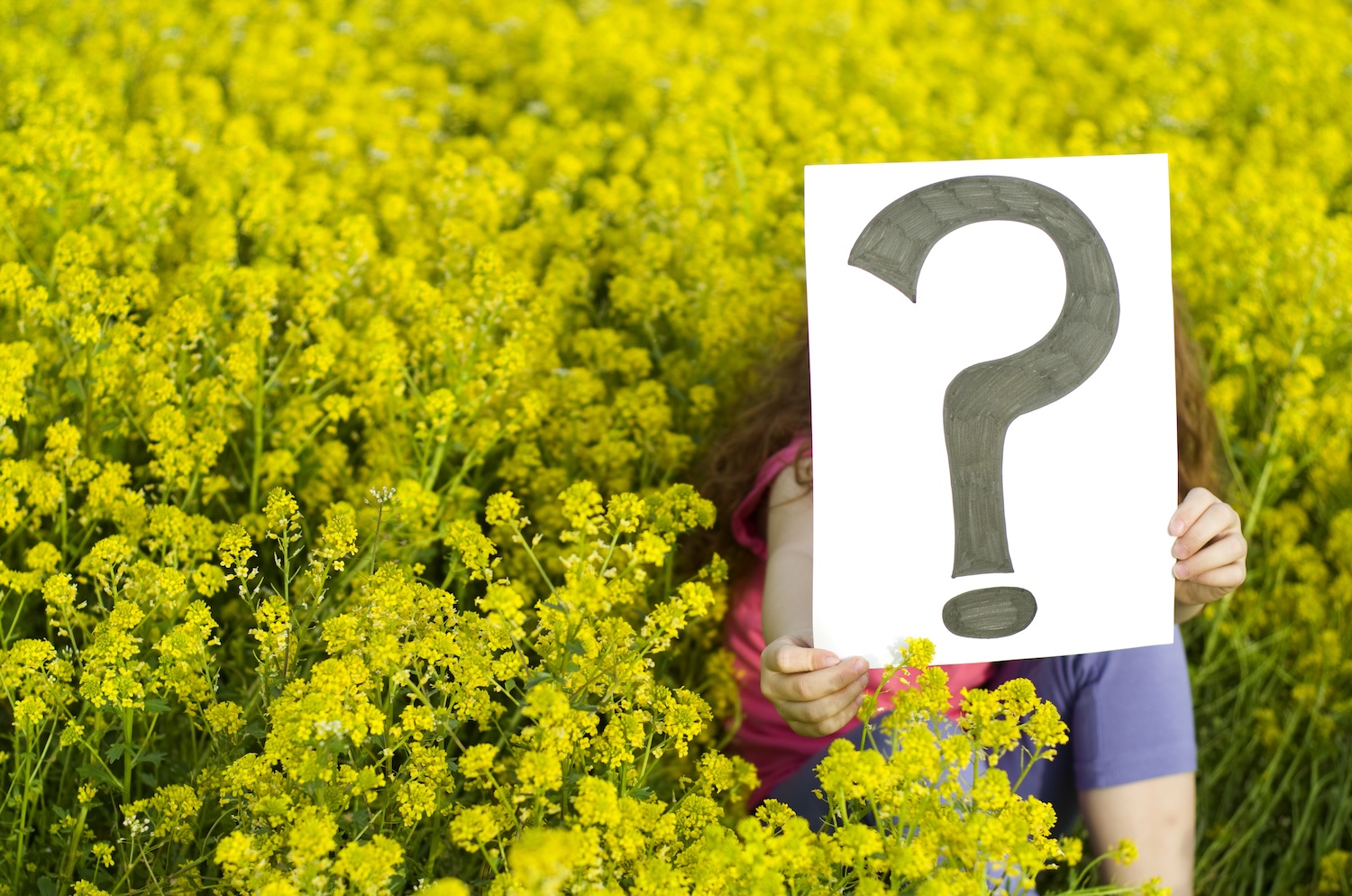Using Ecosystem Indicators to Map and Guide Wild Bee Monitoring and Protection
The U.S. has roughly 3,600 species of wild bees that pollinate thousands of plants, including many common foods like apples and almonds. Wild bees, along with many pollinators, are declining around the world due to land cover changes, human activities, pesticide use, and other threats. Despite growing concern about population declines, there are limited data about wild bee abundance. Fortunately, we can use surrogate measures, sometimes called ‘ecological indicators’, to guide conservation and outreach efforts until more bee data are available.
(Wild bee photos were provided by Bryan Danforth’s lab.)








